Zinc Plating vs. Nickel Plating: Which One to Choose?
Introduction
Zinc and nickel plating are widely used surface finishes across various industries, valued for their protective and aesthetic properties. Each method offers distinct advantages and is tailored to specific conditions, particularly where high corrosion resistance or wear protection is essential. This article compares zinc and nickel plating, highlighting their benefits, best uses, and specific applications in Zamak or Zinc Alloy die casting.
Zinc Plating vs. Nickel Plating: Key Differences
1) Corrosion Resistance
- Zinc Plating: Provides excellent corrosion resistance, particularly in outdoor and humid environments, by creating a sacrificial layer that shields the metal beneath.
- Nickel Plating: While it offers good corrosion protection, it typically isn’t as effective as zinc in extremely harsh or outdoor environments.
2) Wear Resistance
- Nickel Plating: Known for high wear resistance, making it a great choice for parts that face friction or abrasion.
- Zinc Plating: Provides some wear resistance, but it generally doesn’t match nickel in this area.
3) Appearance
- Zinc Plating: Produces a bright, reflective finish that adds shine and appeal to the metal surface.
- Nickel Plating: Provides a softer, satin-like finish, often chosen for a polished, professional look.
4) Hardness
- Nickel Plating: Generally harder than zinc, which makes it a strong choice for applications where extra durability is a must.
- Zinc Plating: While it protects the surface, it doesn’t add the same level of hardness as nickel.
5) Cost
- Zinc Plating: More budget-friendly, making it a cost-effective option for high-volume applications.
- Nickel Plating: Typically costs more but offers enhanced durability and a high-quality finish.
6) Applications
- Nickel Plating: Often used in aerospace, automotive, and electronics industries for parts needing long-lasting durability.
- Zinc Plating: Ideal for construction, electrical components, and outdoor hardware that may be exposed to varying weather.
Advantages of Zinc and Nickel Plating
Advantages of Nickel Plating
- High resistance to wear and abrasion
- Corrosion protection in moderate environments
- Long-lasting and durable finish with excellent conductivity
- Attractive, tarnish-resistant appearance
- Suitable for various metals, including steel, copper, and aluminum
Advantages of Zinc Plating
- Excellent outdoor corrosion protection
- Cost-effective for large-scale applications
- Lower risk of hydrogen embrittlement
- Bright, decorative finish

Zinc and Nickel Plating in High-Pressure Zamak Die Casting
High-pressure die casting is a widely utilized manufacturing process for producing intricate shapes with exceptional dimensional accuracy, particularly in non-ferrous metals like zinc alloys. Among these alloys, Zamak—a family of zinc alloys—stands out for its advantageous properties, including high strength, corrosion resistance, and ease of machining. Zinc and nickel plating are frequently employed to enhance the performance and longevity of Zamak components.
The Role of Zinc and Nickel Plating
Zinc and nickel plating serve as protective coatings that improve the properties of Zamak die-cast parts. Choosing these plating methods depends on specific application requirements, such as corrosion resistance, wear resistance, and aesthetic considerations.
Zinc Plating
Zamak components extensively use zinc plating due to its outstanding corrosion resistance. The process involves applying a thin zinc layer to the Zamak part’s surface, which acts as a sacrificial anode. This means the zinc will corrode before the underlying metal, protecting it from rust and degradation.
Advantages of Zinc Plating:
- Corrosion Resistance: Provides excellent protection against various environmental conditions, particularly in high humidity or outdoor settings.
- Cost-Effectiveness: Typically less expensive than other plating methods, making it an economical choice for many applications.
- Ductility: The relatively soft and ductile nature of zinc plating allows for flexibility in various applications.
- Aesthetic Appeal: Delivers a bright, decorative finish, enhancing the visual appeal of Zamak components.
Applications of Zinc Plating:
It is commonly applied in automotive parts, construction materials, and electrical components where durability and corrosion resistance are critical.
Nickel Plating
Nickel plating is another effective method for enhancing the properties of Zamak die-cast parts. This coating provides a more rigid surface than zinc, which is particularly suitable for high-wear resistance applications.
Advantages of Nickel Plating:
- Wear Resistance: Offers superior wear resistance, making it ideal for components subjected to friction and abrasion.
- Corrosion Resistance: While not as effective as zinc in specific environments, nickel still provides robust protection against corrosion, especially in less aggressive settings.
- Hardness: Results in a harder surface, which is beneficial for safeguarding the underlying Zamak substrate from damage.
- Electrical Conductivity: Nickel is an excellent conductor of electricity, making nickel-plated components suitable for electrical applications.
Applications of Nickel Plating:
Often used in aerospace, automotive, electronics, and military sectors, where durability and performance are paramount.
Choosing the Right Plating for Zamak Die Casting
- Corrosion Requirements: Zinc is the go-to for outdoor environments, while nickel is more suited for indoor or moderate conditions with added wear resistance.
- Wear Resistance Needs: Nickel works well in high-friction areas, while zinc is better for parts exposed to moisture.
- Budget Considerations: Zinc plating is generally more affordable for mass production, while nickel offers a premium, durable finish.
- Appearance: Zinc brightens shine, while nickel gives a more polished, satin look.
Plating Performance
- Temperature Resistance
- Zinc Plating: Performs well in moderate temperatures but can lose protective properties at very high temperatures, typically above 250°C.
- Nickel Plating: Offers higher heat resistance, performing effectively at temperatures up to around 500°C, making it a better choice for applications involving heat, such as engine or industrial machinery components.
- Resistance to Different Types of Corrosion
- Zinc Plating: Primarily protects against red rust and atmospheric corrosion due to its sacrificial nature. However, it may struggle in acidic environments or high-salt conditions unless additional treatments (like passivation) are used.
- Nickel Plating: Provides resistance to alkaline and certain acid exposures and offers good resistance against rust. Nickel’s non-reactive surface also resists tarnishing, making it suitable for decorative applications in challenging conditions.
Applications of Zinc and Nickel Plating
Zinc Plating:
- Automotive: Protects bolts, nuts, and chassis parts from corrosion.
- Construction: Used on fasteners and outdoor hardware for rust resistance.
- Electrical Components: Shields connectors and housings for enhanced conductivity.
- Manufacturing: Prevents oxidation on tools and machinery parts.
- Household Items: Adds corrosion protection and shine to appliances and furniture fittings.
Nickel Plating:
- Aerospace: Ensures durability for turbine parts and landing gear.
- Automotive: Applied to engine components for wear resistance and a polished look.
- Electronics: Protects connectors and circuit boards with good conductivity.
- Military: Used on equipment requiring high durability.
- Medical Devices: Biocompatible for surgical tools and implants.
- Plumbing Fixtures: Provides a tarnish-resistant, durable finish.
Both plating types offer essential corrosion protection, durability, and aesthetic enhancement based on specific application needs.
Conclusion
In high-pressure Zamak die casting, both zinc and nickel plating play crucial roles in enhancing the performance and lifespan of metal components. Zinc plating is recognized for its excellent corrosion resistance and cost-effectiveness, while nickel plating provides superior wear resistance and hardness. The decision between these two plating methods ultimately hinges on the specific requirements of the application, including environmental exposure, aesthetic considerations, and budget constraints. By understanding the unique benefits of zinc and nickel plating, manufacturers can make informed decisions to optimize the performance of their Zamak die-cast products.


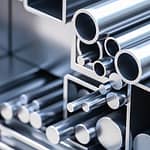

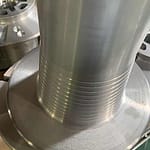
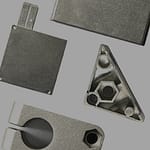
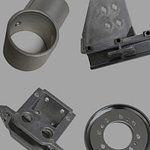


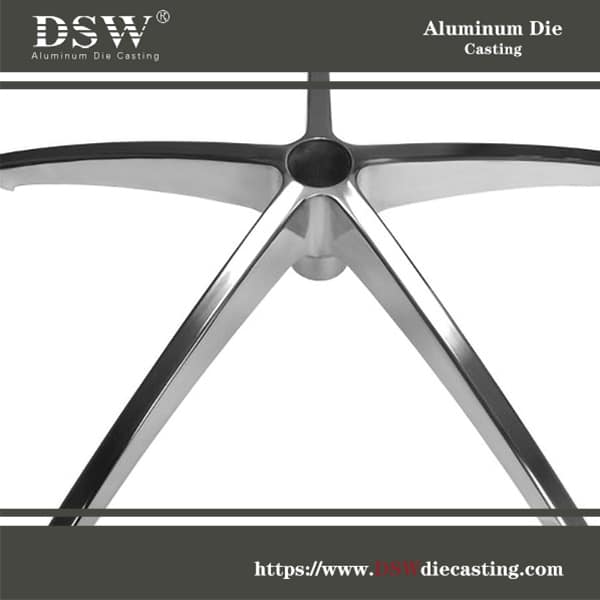
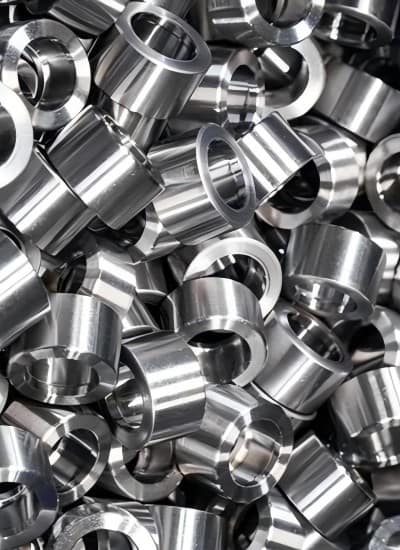



No comment